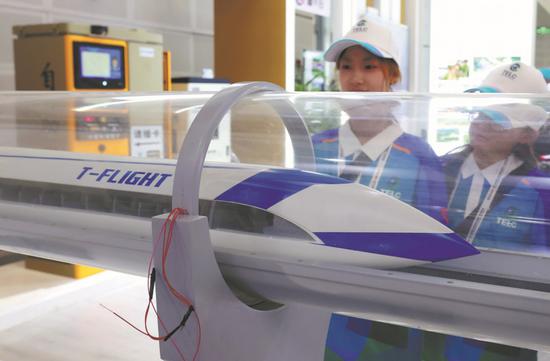
A T-flight maglev train model on display in Taiyuan, Shanxi province. (ZHU XINGXIN/CHINA DAILY)
A novel ultra high-speed maglev transportation system under development recently passed a trial run in Datong, Shanxi province.
The successful demonstration test brings the train another step closer to market, where it could significantly reduce travel times and boost cross-regional economic exchanges.
With a maximum designed speed of 1,000 kilometers per hour, the T-flight system is about three times faster than current high-speed trains and even faster than airplanes. If put into operation, travel time between Beijing and Shanghai will be shortened to about an hour, a fraction of the time of the current fastest train trip between the metropolises — 4 hours and 18 minutes — and about half as long as a flight, which takes roughly two hours.
"As socioeconomic development continues, people's demand for faster, more comfortable transportation is increasing," said Zhao Ming, a technician from the Institute of Maglev and Electromagnetic Propulsion of China Aerospace Science and Industry Corp, which develops the train. "The T-flight will play a role in creating a 'one-hour economic circle' among core urban clusters in China, and together with high-speed rail, civil aviation and other modes of transportation, it will form a comprehensive three-dimensional transportation network in the country."
The train's ultra high speed is due to a low vacuum tube and magnetic levitation system, which enables it to achieve "near-ground flight" — a revolutionary technology, he said at the China (Taiyuan) International Energy Industry Expo 2024 in Taiyuan, Shanxi, on Wednesday.
By extracting air from the tube to create a low vacuum environment, the train can operate with minimal air resistance. At the same time, maglev technology ensures the train and the track keep from touching, further reducing frictional resistance. The combination of the vacuum and maglev technology increases the train's speed and also reduces noise and vibration, according to Zhao.
The superconductive maglev technology used in the project can elevate the train by 100 millimeters — compared with the 10 mm separation currently used in maglev trains operating in China — to increase speed and stability, he added.
Since its launch in September 2021, the project has made significant progress. During the recent test conducted in Yanggao county, Datong, once the project team established a low vacuum environment within a 2-km tube, the maglev train set off along the designed route, maintained stable levitation and safely came to a stop.
The maximum speed and levitation height met the preset values, all systems worked correctly, and the actual trajectory matched well with the theoretical one, meaning the experiment was successful, according to the company.









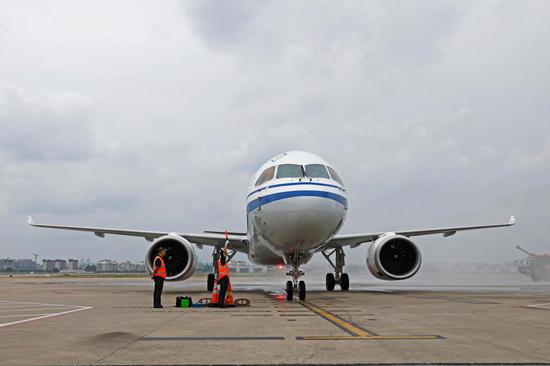

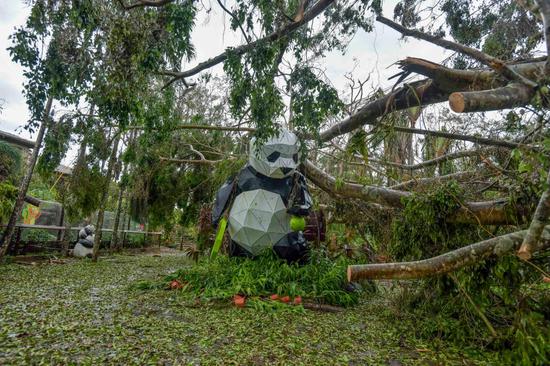
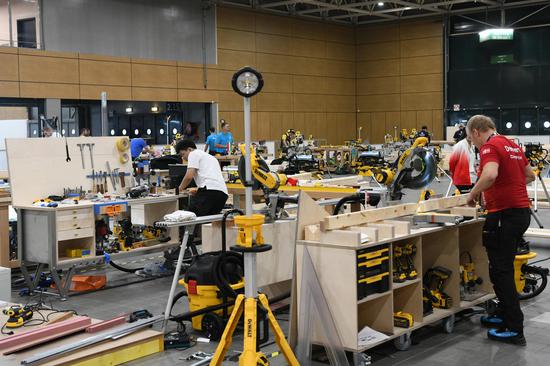

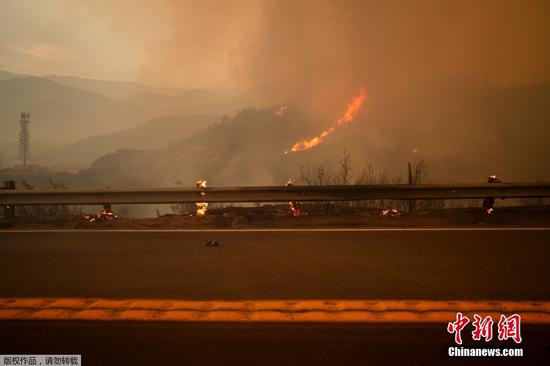
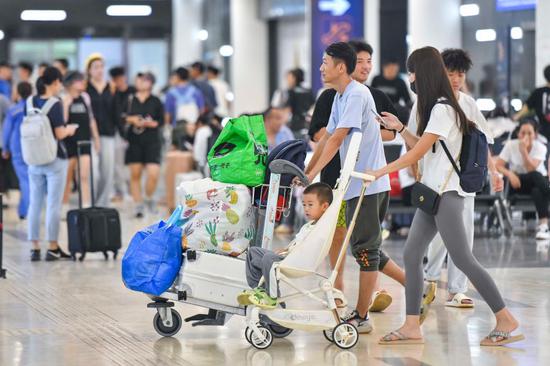
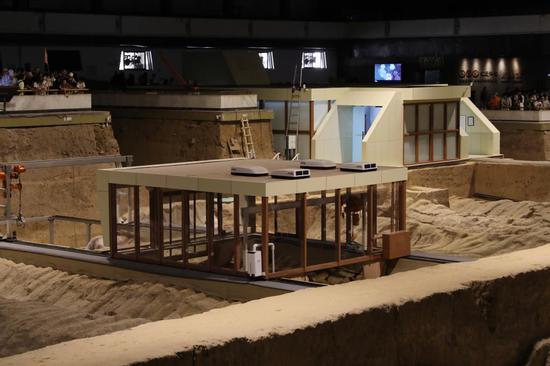
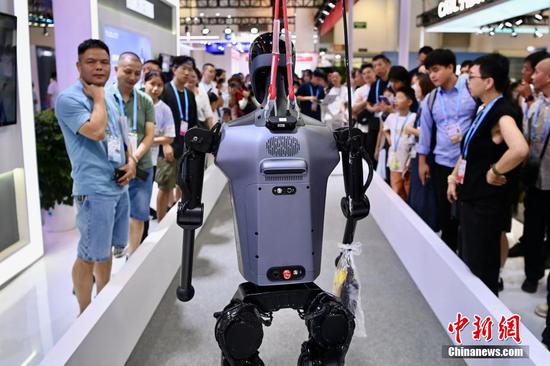

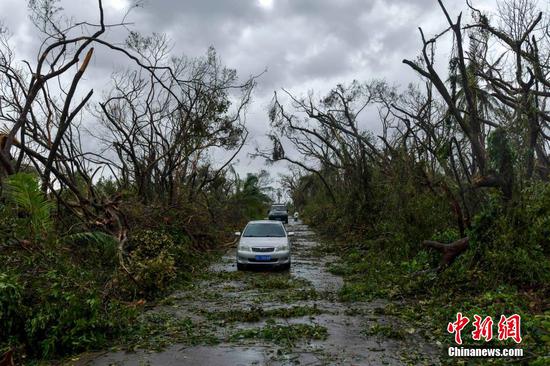


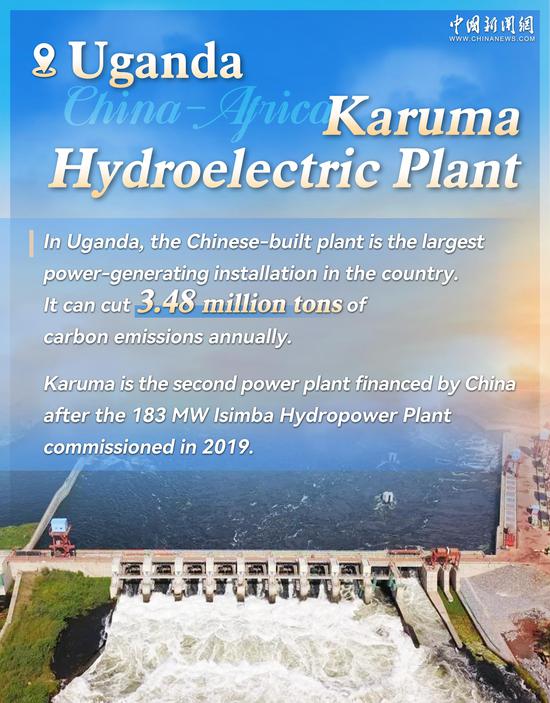



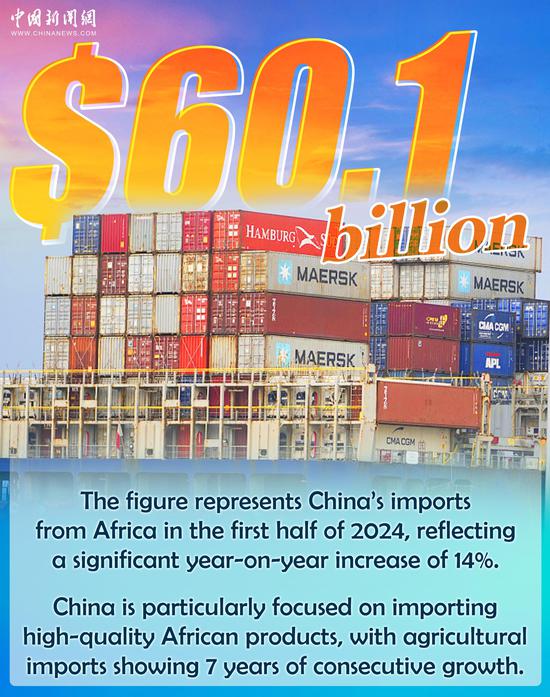




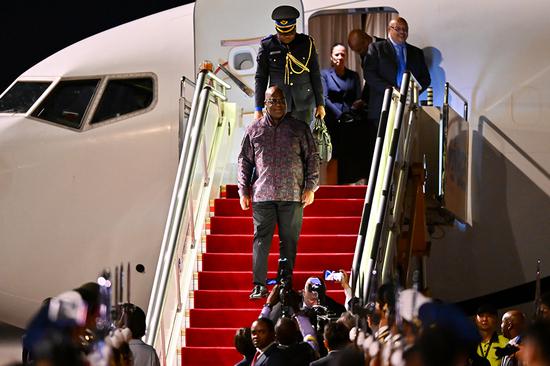

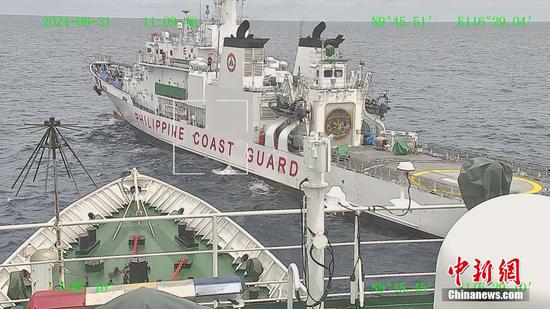

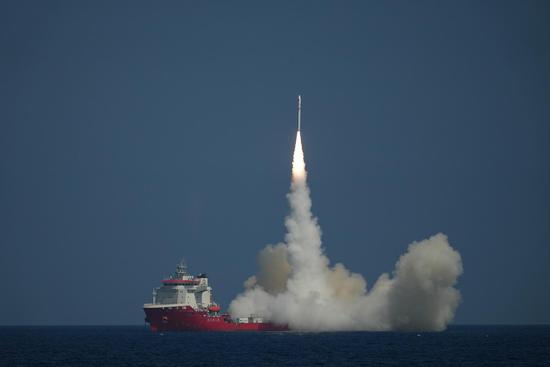
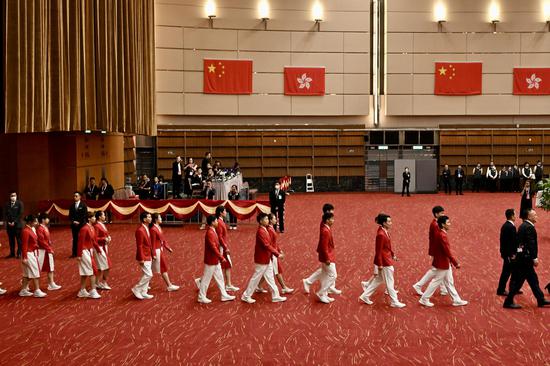


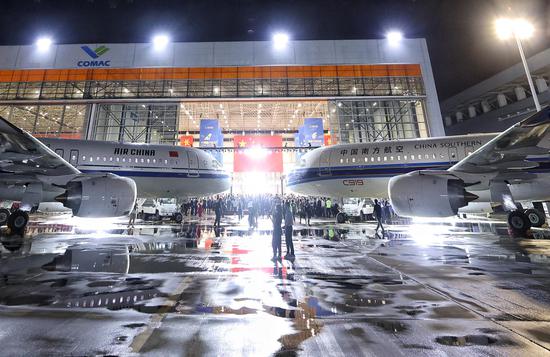
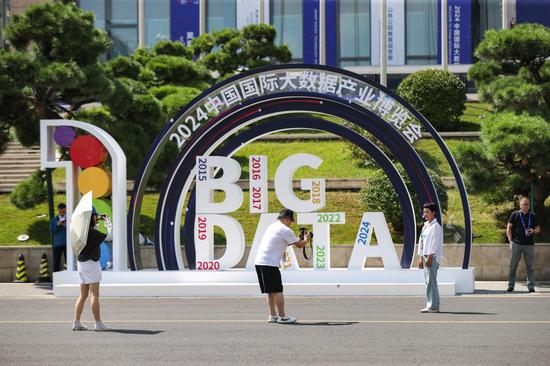
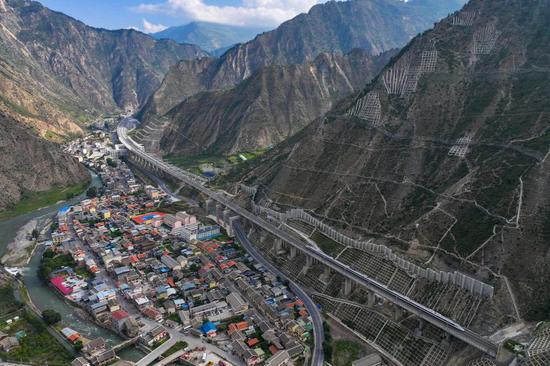


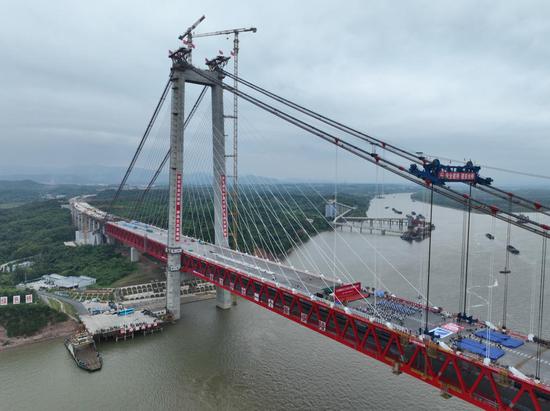





 京公網安備 11010202009201號
京公網安備 11010202009201號